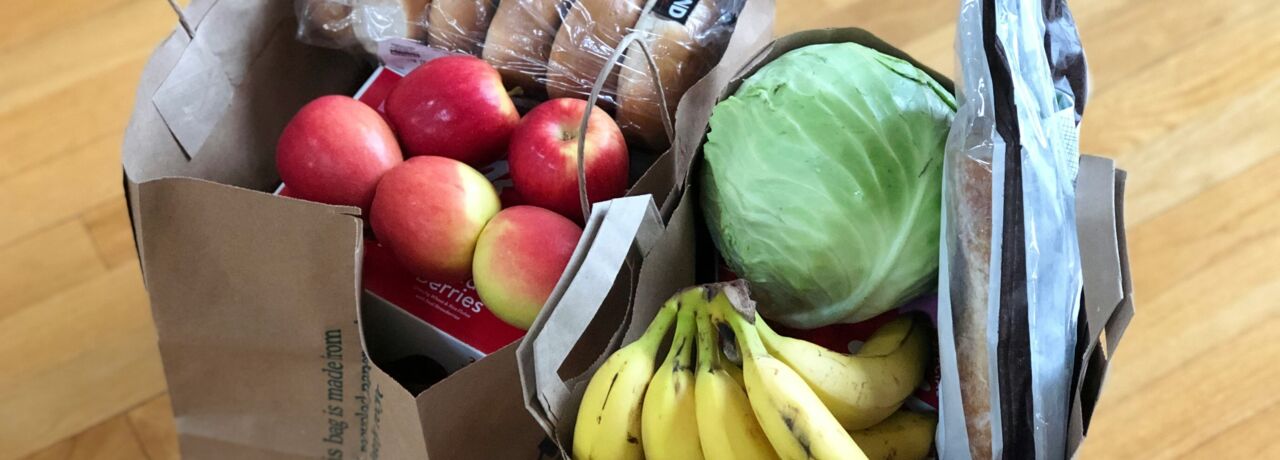This project investigates how humans may be exposed to organohalogens through food. By measuring levels in different food sources and analyzing their chemical diversity, we aim to build a foundation for understanding their possible impact on human health.
Organohalogen compounds—some toxic, others potentially beneficial—are naturally formed in soils, plants, and marine environments. Organohalogen compounds are found in surprisingly high levels in nature, especially in soils and seaweed. Despite their potential impact on human health, we still know very little about how these substances enter the food chain. This project aims to explore how humans may be exposed to organohalogens through food.
The total levels of organohalogens and their unknown chemical diversity in food products from agriculture and forests will be quantified. In addition to analyses of total organohalogens by Combustion Ion Chromatography (CIC) in combination with high-resolution analyses for detailed analyses of the chemical diversity. This first mapping of dietary total organohalogen exposure and how it is regulated is a necessary initial step towards knowledge on consequences of the potential human exposure of organohalogens via food.




